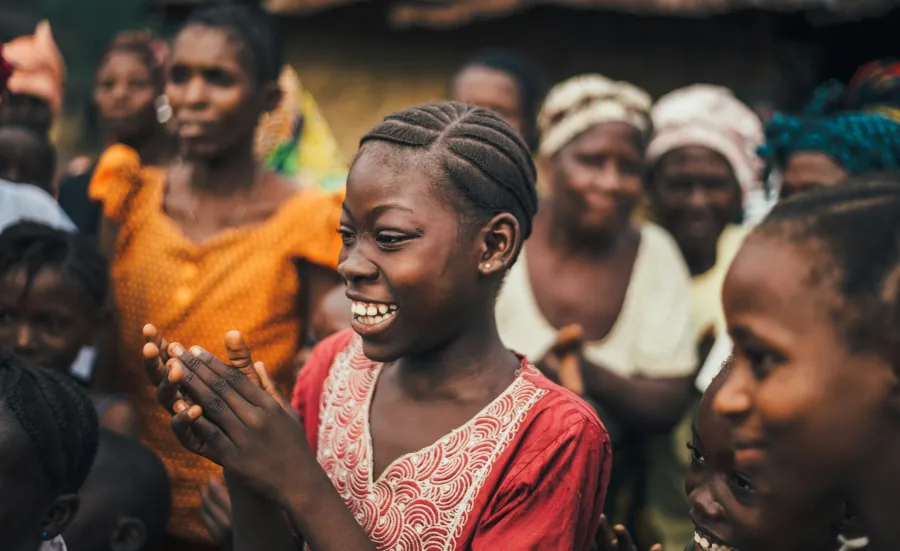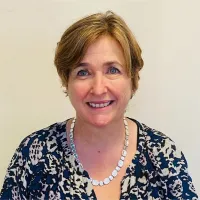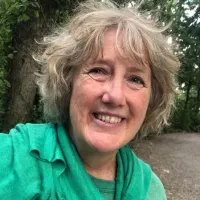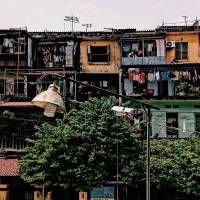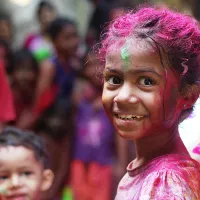Every year 16 million young women between the ages of 15 and 19 give birth, with a further one million girls giving birth before the age of 15. 95% of these births take place in low- or middle-income countries.
These births risk the lives of both the mother and the child with neonatal deaths making up 45% of all deaths in children under 5 globally.
Pioneering research led by Professor Sarah Neal and Professor Zoe Matthews has identified health threats to girls and young women in low-income countries and is having a sustained impact on international policy.
Identifying the extent of early adolescent pregnancy
Sarah and Zoe, from Social Statistics and Demography, provided the first rigorous scientific evidence of the global extent of early adolescent pregnancy for girls aged 10 to 15.
They found high levels of childbearing amongst young adolescents under 16 in Sub-Saharan Africa, while in Guinea, Mali, Mozambique, Niger and Sierra Leone more than 10% of girls become mothers before they were 16.
They also showed early childbearing is highly concentrated amongst the poorest and rural girls, and is found in particular geographic ‘pockets’.
Having a global impact
Their work has influenced several global initiatives and is playing a vital role in driving international funding decisions, and informing national policy, to reduce adolescent births amongst the youngest and most vulnerable young people.
Sarah and Zoe provided evidence to the UN Expert Consultative Group on Adolescence to ensure the inclusion of adolescent health issues in the relaunch of the UN Global Strategy. This was the first time an early adolescent birth rate had been adopted by any international monitoring system.
It is improving adolescent and maternal health through increased accountability and measurement, and has influenced the adoption in 2015 of a new United Nations (UN) Sustainable Development Goal (SDG) indicator that includes a specific indicator for births by 10 to 14-year-olds.
The new measure provides indirect evidence of the abuse of human rights in adolescence, as fertility at that young age often indicates forced child marriage and sexual abuse.
Zoe was also part of a wider group that created MamaYe, a social accountability movement for 6 African countries, that provides an improved district information system, including a focus on under 16s.
"By providing evidence on the extent of very early adolescent pregnancy and its impact, including the heightened risk of neonatal mortality, our research has meant that adolescent sexual and reproductive health is now firmly on the international agenda."
The work in this area is ongoing. Sarah is currently working on the Adolescent Sexual and Reproductive Health and Rights Exemplars (ASHER) project, alongside colleagues from 6 other countries. The project, which is part of the Exemplars in Global Health Programme funded by Gates Ventures, identifies countries that have successfully improved adolescent sexual health outcomes. The programme then explores the reasons for this progress in order to inform best practice in other countries.
